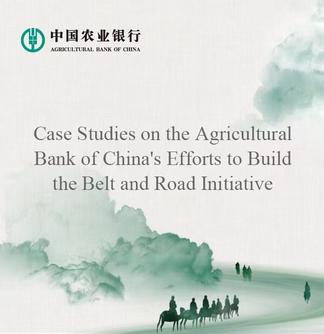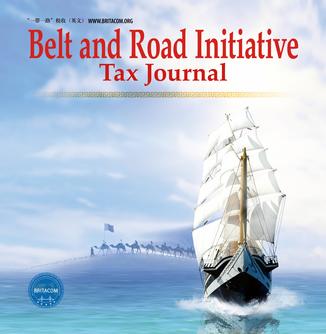BEIJING, Sept. 28 (Xinhua) -- Since the Belt and Road Initiative was proposed in 2013, more and more countries have responded to it positively. The practice in the past five years shows that the initiative is in line with the trend of the times and the direction of development, amid the increasing number of partners in jointly building the Belt and Road.
Policy coordination is a basis for the pragmatic cooperation in all aspects, and also an important guarantee for the joint construction. In the past five years, China has signed Belt and Road cooperation agreements with more than 100 countries and international organizations.
--- "Friends circle" getting bigger and bigger
Building the Belt and Road is not only economic cooperation, but also an important way to improve the global development model and governance, and promote the healthy development of economic globalization.
In the past five years, this initiative has been deeply rooted in the hearts of the people and widely understood, recognized, and supported by the international community.
The initiative and its core concepts have been incorporated into the documents of major international organizations such as the United Nations, the G20, APEC and the SCO.
In May 2017, the Belt and Road Forum for International Cooperation was successfully held in Beijing. The heads of state and government of 29 countries attended the conference, and more than 1,600 delegates from more than 140 countries and more than 80 international organizations attended the conference.
"Of the 279 results achieved at the forum, 265 have been completed or converted to normal work mechanism, and the remaining 14 are being promoted, showing an implementation rate of 95 percent," said Ning Jizhe, deputy director of the National Development and Reform Commission (NDRC), China's top economic planner.
In September 2016, China, Mongolia and Russia signed the guidelines about construction of China-Mongolia-Russia Economic Corridor, marking the official launch of the first multilateral cooperation plan under the Belt and Road framework.
In September of the same year, China and Kazakhstan signed a document about alignment of China's Silk Road Economic Belt and Kazakhstan's Nurly Zhol (Bright Path) economic program, marking the first bilateral cooperation plan signed under the Belt and Road framework.
In the past five years, China has coordinated policies with relevant countries, including the Eurasian Economic Union proposed by Russia, the Master Plan on ASEAN Connectivity 2025, "Bright Path" proposed by Kazakhstan, Turkey's Middle Corridor project, Mongolia's, Vietnam's "Two Corridors and One Economic Circle" plan, the Northern Powerhouse initiative of the UK and the Amber Road initiative of Poland.
Up to now, more than 100 countries and international organizations have signed nearly 120 cooperation agreements with China to build the Belt and Road.
--- Seeking the greatest common divisor
Wide consultation, joint contribution and shared benefits are the principles of the Belt and Road initiative.
The practice has proved that good bilateral and multilateral policy communication should focus on four levels, according to He Lifeng, head of the NDRC.
He added that the first level is the development strategy docking to seek the greatest common ground from the macro level, and identify the common direction of action.
The second level is the development planning docking to refine and turn the vision of the development strategy into a specific timetable and roadmap.
The third level is the coordination about the mechanism and the platform to promote the effective linkage of national implementing agencies, establish smooth communication and consultation channels and mechanisms, and timely solve problems and difficulties during the planning implementation and project execution.
The fourth level is the docking of specific projects to achieve common development through the cooperation in infrastructure, trade, investment, finance, humanities and other fields.
Advancing the B&R construction requires all parties to work together side by side, said Assistant Foreign Minister Zhang Jun, adding that in the future, China will adhere to the principle of wide consultation, joint contribution and shared benefits and further deepen the partnerships under the Belt and Road to achieve the goal of mutual benefit and win-win. (By Hu Pingchao, hupingchao@xinhua.org)




 A single purchase
A single purchase








